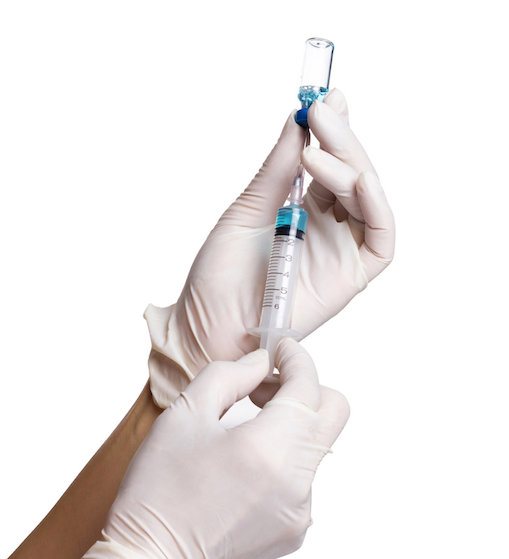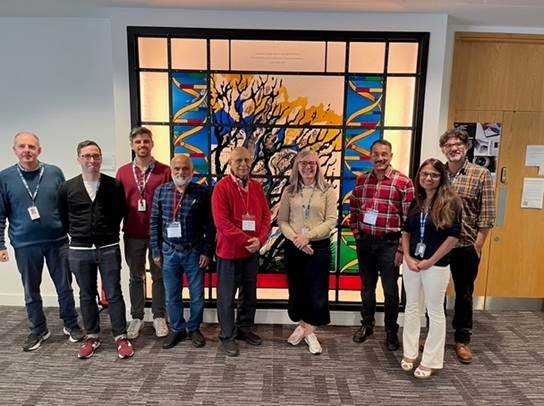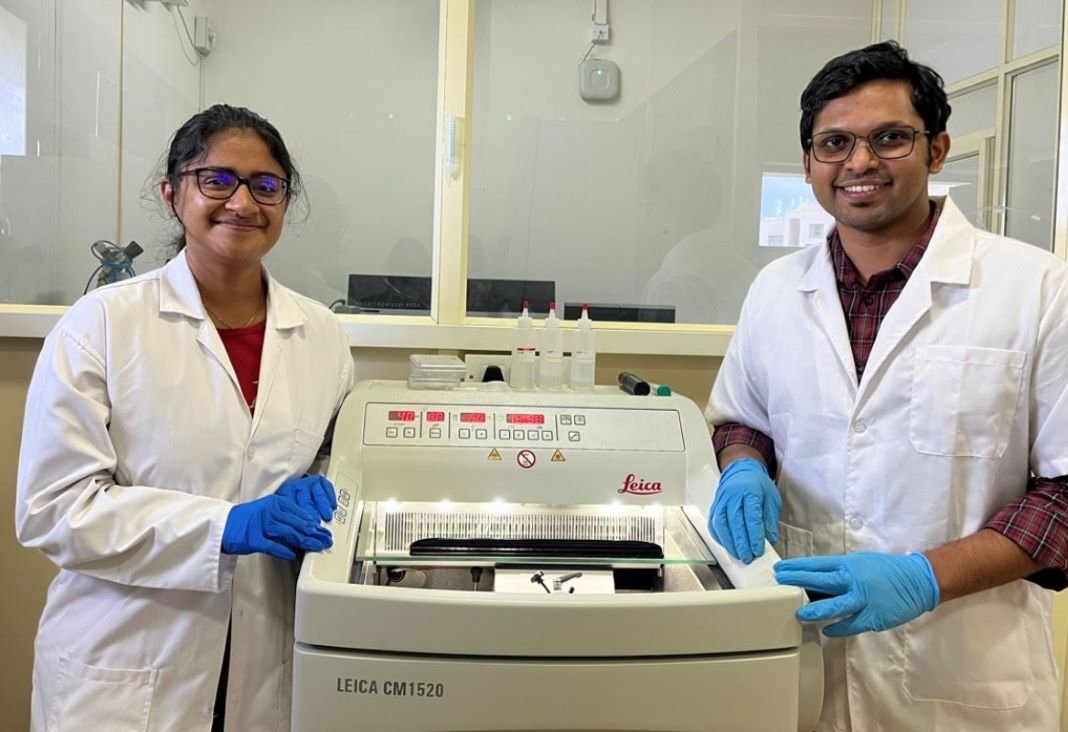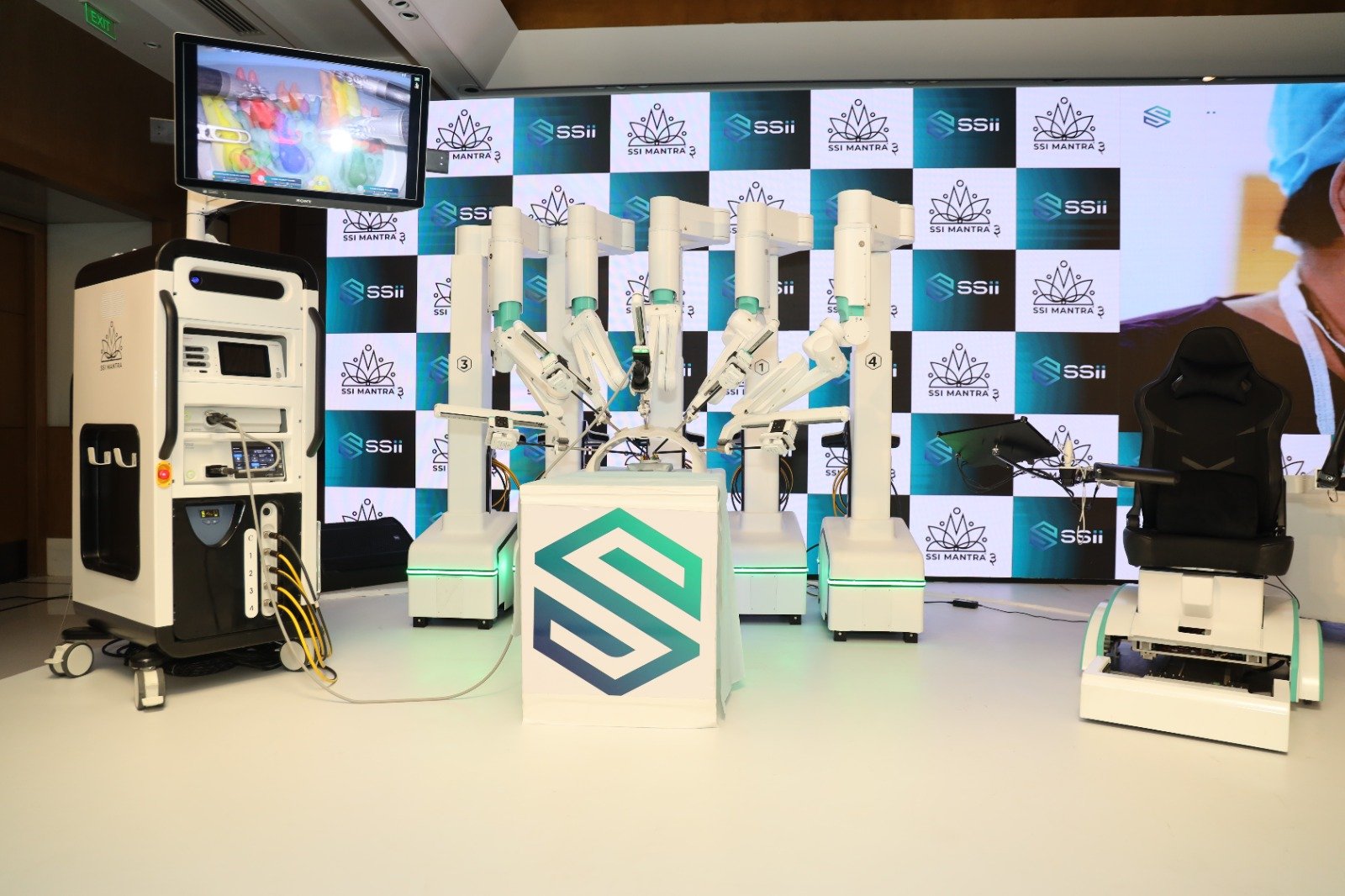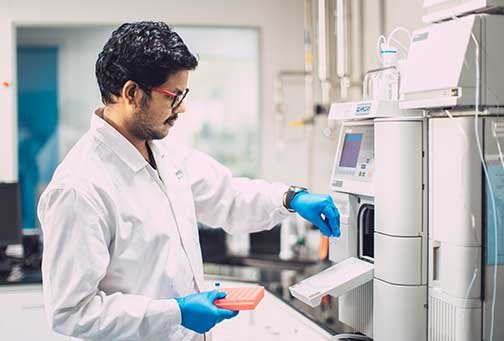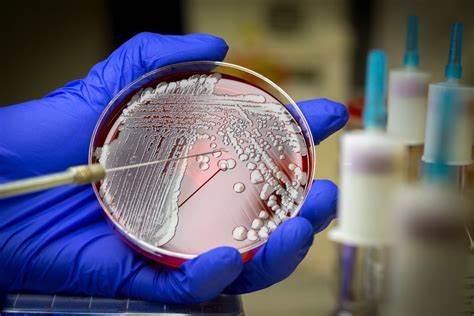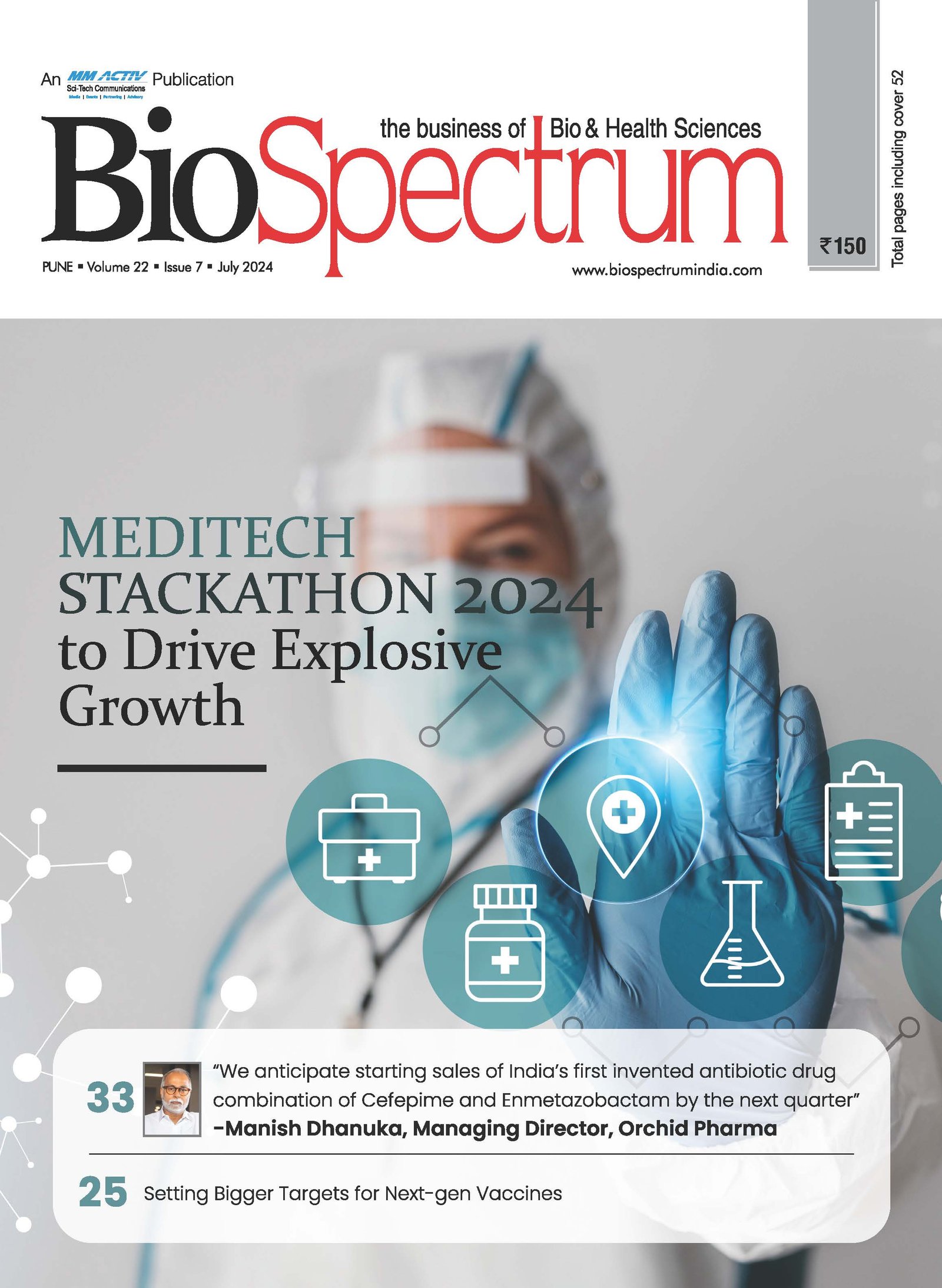DBT calls for MDR tuberculosis diagnostic research initiatives
05 August 2010 | News

In an endeavor to develop new and evaluate the existing diagnostic tools, imaging or therapeutics in clinical or population settings, the Department of Biotechnology (DBT), Government of India, has invited the research proposals for early and accurate diagnosis of active, latent and MDR tuberculosis. DBT expects industry, academia, and non-governmental organizations, individually or in consortium to participate in its efforts to develop the accurate diagnostic technology.
The proposals must directly aim at providing them at the primary care clinic level preferably under a program like Revised National TB Control Program (RNTCP). The grants will support critically needed equipments, consumables, personnel and contingency expenses. The duration of the proposal may be of two to three years.
The expected performance characteristics of point-of-care (POC) diagnostics have been fixed and these include the requirements such as higher specificity and sensitivity than the existing tests, readable results within four to six hours, specimen processing rate of 20 tests/day. The specimen options should have varied-sputum, blood, urine, saliva, CSF and tissues, and the technology should be self-contained, portable, battery-operated with option for charging and requisite minimum maintenance. The shelf-life is expected to be at least 24 months at temperature below 35°C and in varied humidity conditions and be cost-effective at the same time. Also, the duration of training has been fixed as two to three days for a field-based health worker.
In addition to that, DBT has also invited proposals for two diagnostic tools that are already in use in other parts of the world to be made indigenously under ‘Import Substitution Package’. One is real-time PCR for rapid diagnosis of tuberculosis and MDR-TB using technologies like molecular, real-time nucleic acid amplification (NAA). The other is Line Probe Assay (LPA) for rapid diagnosis of MDR-TB using technologies like polymerase chain reaction and reverse line probe hybridization with mutation-specific labeled probes.
Under this category, DBT is looking for industrial partners and academia to take up the technology challenges in making self-contained kit/device or one/multiple component/s of the two devices with willingness to license/commercialize the product, making it available in Indian/outside markets as an affordable one. The last date for sending the proposals has been kept as August 31, 2010.
Nanotech R&D grows in personal care industry
Small particles are becoming a big business for the world’s personal care products manufacturers according to an analysis of world patent activity published by the IP solutions business of Thomson Reuters. The new report, ‘Can Nanotech Unlock the Fountain of Youth?’, finds that the beauty industry has begun to make an aggressive foray into nanotechnology, using tiny molecular compounds to improve the performance of creams, sunscreens, shampoos and other personal-care products.
The report tracks unique inventions published in patent applications and granted patents from 2003 to 2009, along with trademark data from 2000 through to 2009, to identify the companies and areas of nanotechnology innovation showing the sharpest growth in this industry. The global study shows expansion in nanotech-based personal care products and brands with Japan, China and Korea as key growth markets.
The study finds that the growth of nanotech is getting accelerated. The volume of innovative patents involving nanotech in beauty and personal-care items grew by 103 percent over the last seven years, more than doubling from 181 patents in 2003 to 367 in 2009.



